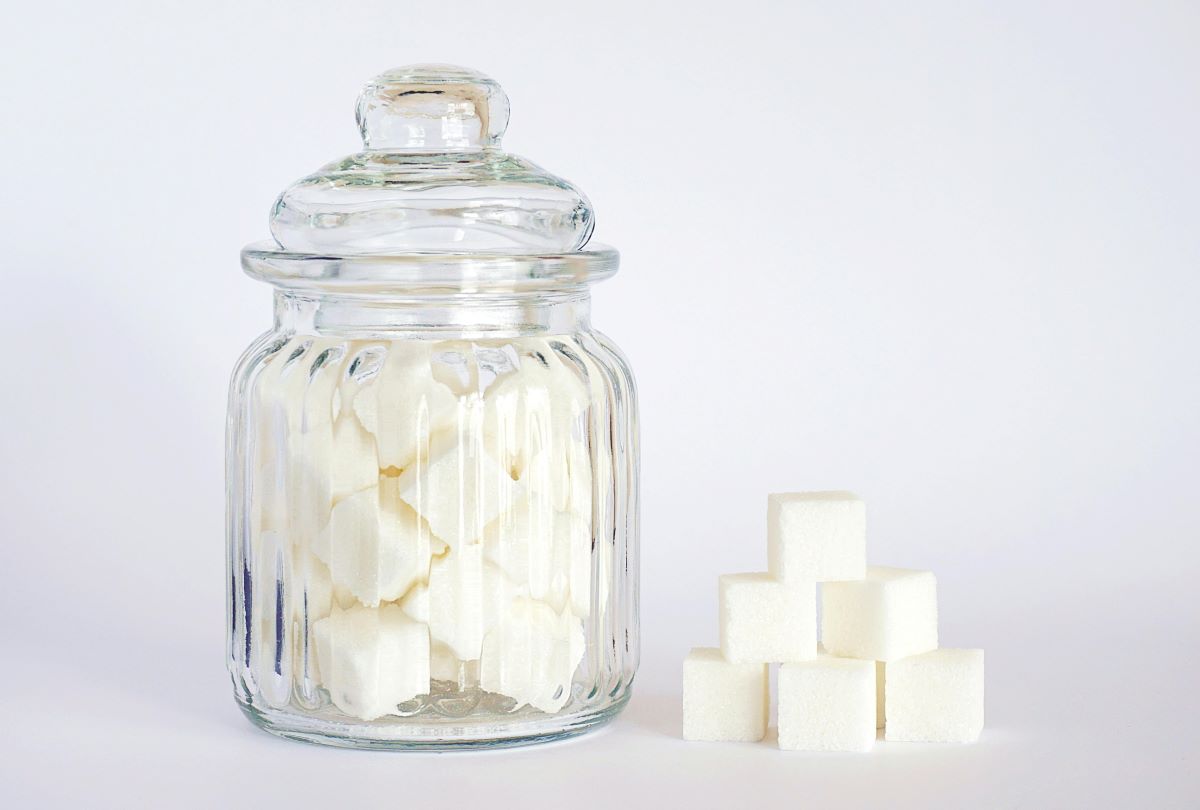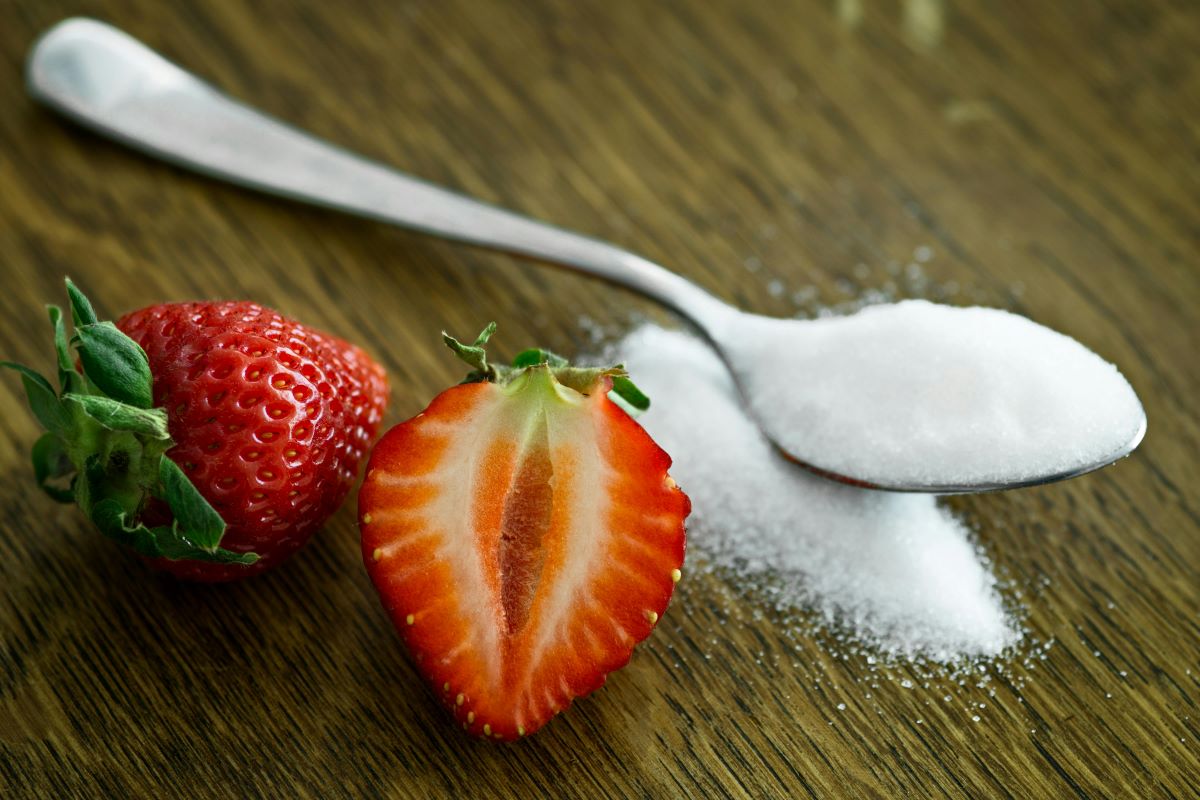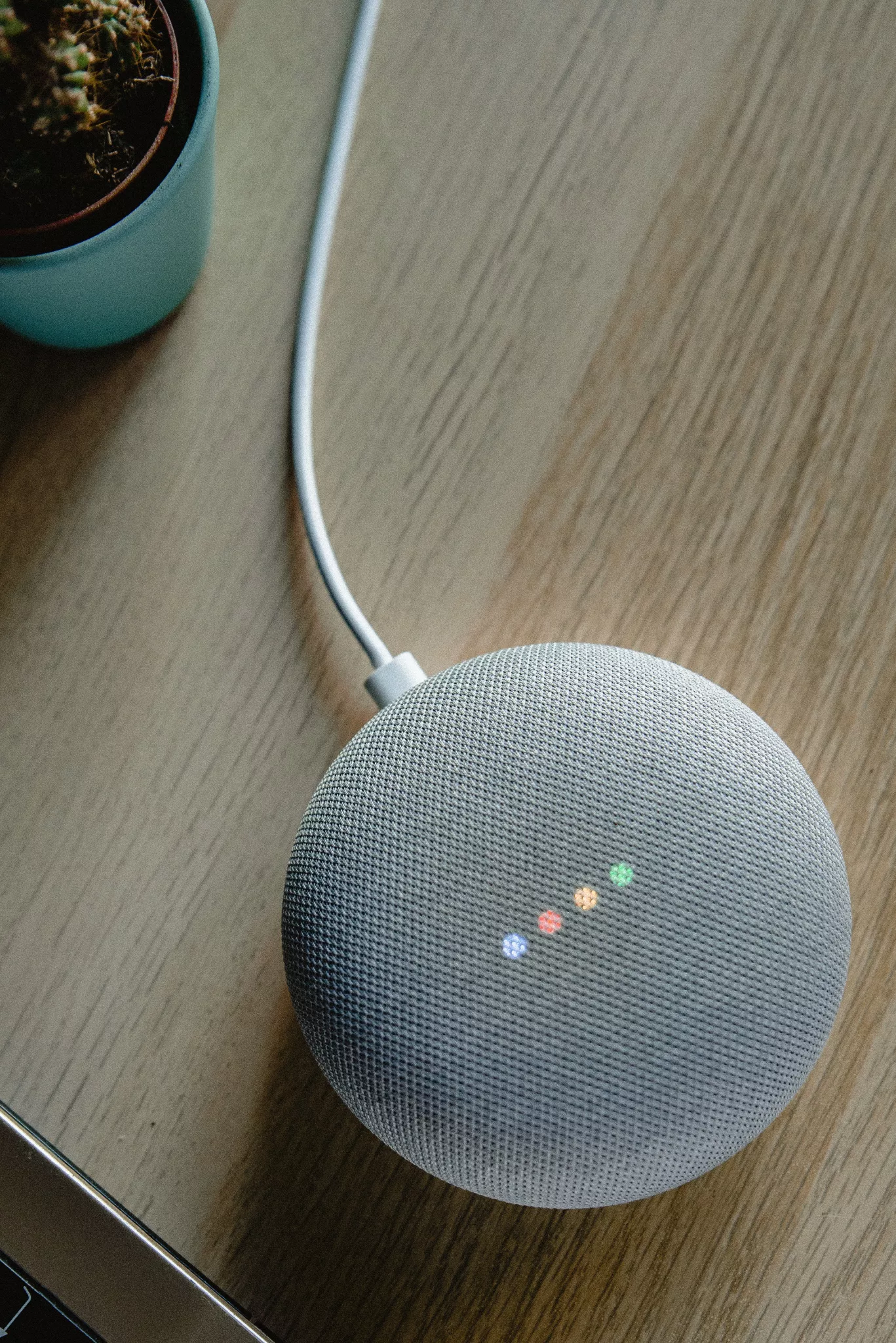For centuries, sugar has captivated our taste buds, serving as a cornerstone of culinary delights. But with growing awareness of its health implications, many are seeking alternatives.
This quest leads us to the fascinating world of sugar substitutes, unveiling a complex interplay between chemistry, biology, and perception.
Let's embark on a scientific journey to understand how these sweeteners interact with our bodies and trick our tongues.

The Science of Sweetness: Unraveling the Mystery of Sugar Substitutes
The Sweet Symphony: Taste Buds and Receptors
Our first stop is the tongue, where taste buds house the tiny orchestra of taste perception. Among the five basic tastes - sweet, sour, salty, bitter, and umami - sweetness reigns supreme.
But how does a molecule trigger this delightful sensation? Enter the sweet taste receptor (T1R2/T1R3), a protein duo residing on taste bud cells.
This receptor acts like a lock, waiting for the right "key" - a sweet molecule - to unlock its potential.

The Deceptive Dance: Sweeteners and Sweetness
Sugar (sucrose) is the natural key, perfectly fitting the T1R2/T1R3 receptor and triggering a cascade of signals that translate to sweetness. However, sweeteners come in various forms, each with its unique key shape.
Some, like stevia, possess a similar structure to sugar, binding directly to the receptor. Others, like aspartame and sucralose, interact with nearby amino acids, causing conformational changes in the receptor that mimic sugar's effect.
But sweetness intensity varies. Stevia, for example, is 200-300 times sweeter than sugar, meaning it binds more tightly to the receptor. This explains why a tiny amount of stevia delivers the same sweetness as a spoonful of sugar.
Conversely, some sweeteners, like allulose, bind less efficiently, resulting in a weaker sweetness perception.

Beyond the Tongue: The Sweetness Journey
The story doesn't end in the mouth. Sweetness signals travel to the brain via the gustatory pathway, influencing our perception of flavor, reward, and even satiety.
Interestingly, sweeteners, particularly non-nutritive ones, can sometimes activate this pathway without providing calories, potentially leading to confusing signals for the body.
Furthermore, some research suggests the presence of sweet taste receptors in the gut, hinting at their potential role in regulating glucose metabolism and hormone release. This adds another layer of complexity to the science of sweetness.
The Sweet Verdict: Weighing the Evidence
Sugar substitutes offer a myriad of benefits, especially for individuals managing diabetes or seeking weight control. They provide sweetness without the calorie burden, potentially aiding in reducing overall sugar intake.
Ultimately, the decision to incorporate sugar substitutes depends on individual needs and preferences. Understanding the science behind their interaction with taste receptors and the body's response empowers informed choices.

New Frontiers in Sweetness
The world of sugar reduction specialty sweeteners is constantly evolving. Researchers are exploring novel molecules derived from natural sources, like monk fruit extract, while others are investigating modifications to existing sweeteners to improve their taste profile and address potential concerns.
However, you should always keep in that:
- Sweeteners are not a magic bullet for weight loss or health optimization. A balanced diet and mindful eating habits remain crucial.
- Consult your healthcare professional before making significant changes to your diet, especially if you have underlying health conditions.
As we unravel the intricate dance between sweeteners and our bodies, the science of sweetness promises to continue captivating our taste buds and minds, offering a sweeter future for health and well-being.



Leave a Reply